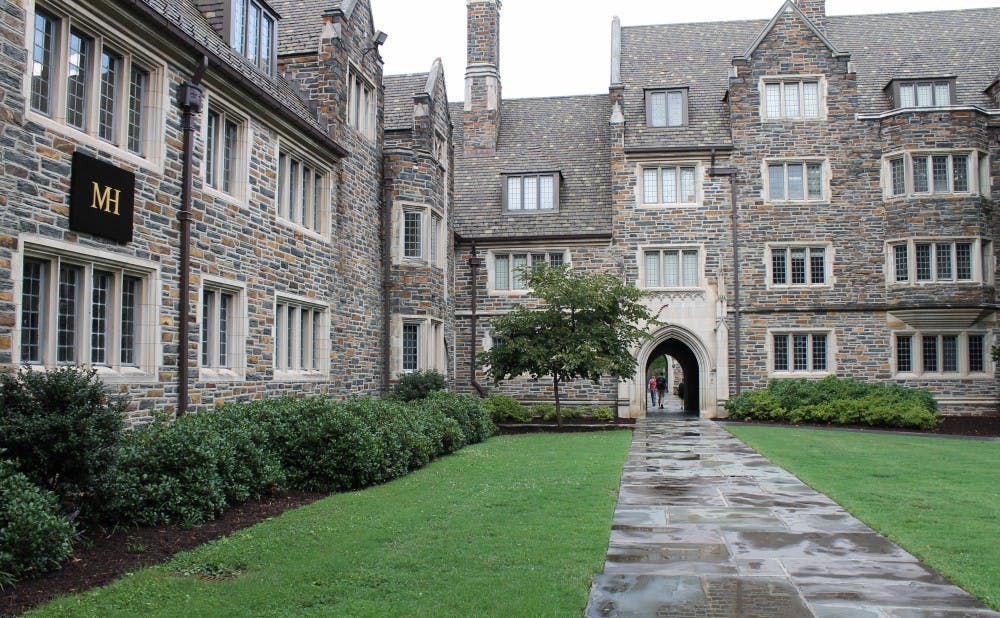Students who tested positive for COVID-19 last weekend isolated themselves in their dorm rooms after Duke reached maximum capacity in isolation housing on Jan. 29, according to an email from Student Health obtained by The Chronicle.
Students who isolated in place were moved to isolation housing on Jan. 31, according to Dean for Residence Life Deb LoBiondo.
Instances when students may need to isolate in their dorm rooms “[depend] upon both the timing of test results and our isolation capacity,” LoBiondo wrote in an email to The Chronicle.
For example, in a designated campus isolation apartment in Lancaster Commons with a three-bed capacity, all three students need to be released before the apartment can be cleaned and new students are allowed to isolate in there, LoBiondo explained. This sort of time management can result in delays in admitting new students into isolation accommodation.
While waiting to be moved to isolation, students were instructed to “wear [their] KN95 mask[s] around others at all times” and “limit use of communal restrooms to times without others present,” according to the Student Health email. Their DukeCards remained active so that they could continue to “order food” and access their building.
Students were also given the option to relocate off campus to isolate in a private home, Airbnb or hotel. They had to email Student Health the address of where they would be isolating but did not have to ask for permission or wait for a response before moving.
The University has expanded its isolation capacity since the beginning of the year from 150 to 250 beds. Managing capacity, however, is a “juggling act,” LoBiondo wrote.
“Many of our peer institutions and most of the large public [universities] in [North Carolina] have moved to isolating in the residence halls,” she wrote. “We have been very fortunate at Duke to provide isolation space for our students as well as meals and other amenities.”
Mary Pat McMahon, vice president and vice provost for student affairs, told The Chronicle in December that once on-campus isolation spaces are near capacity, only on-campus students with pre-existing medical conditions will isolate in The Lodge and Lancaster Commons.
McMahon wrote that students living in on-campus dorms with roommates should have conversations about in-room masking and what to do if one roommate tests positive while the other roommate awaits test results.
"It's highly likely that by the time we learn that one roommate is positive, the other roommate is also positive," McMahon wrote.
From Jan. 24 to Jan. 30, Duke reported 735 COVID-19 cases, with a positivity rate of 4.54%. The University reported more than 700 COVID-19 cases for four weeks in a row.
Get The Chronicle straight to your inbox
Signup for our weekly newsletter. Cancel at any time.

Vishal Jammulapati is a Trinity sophomore and an associate news editor of The Chronicle's 118th volume.

